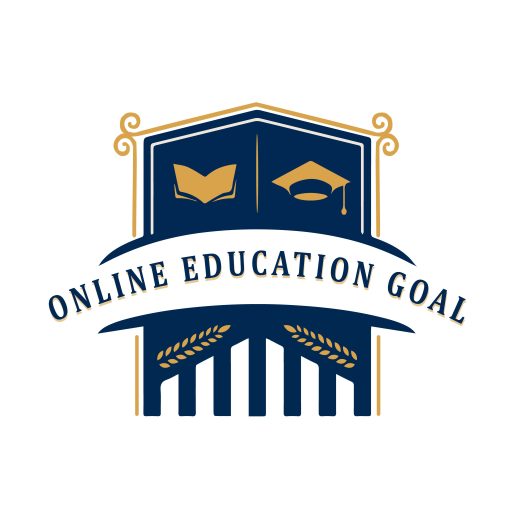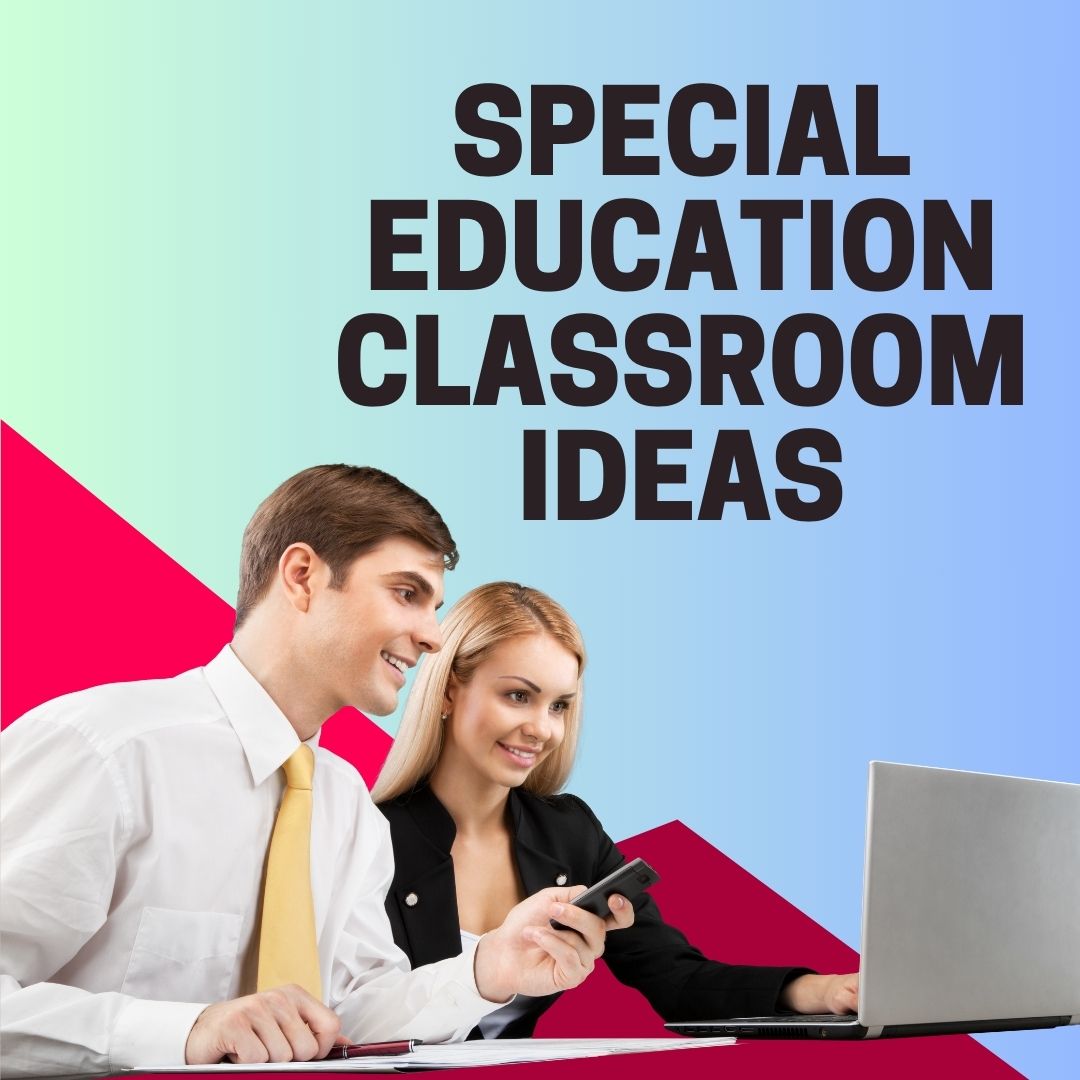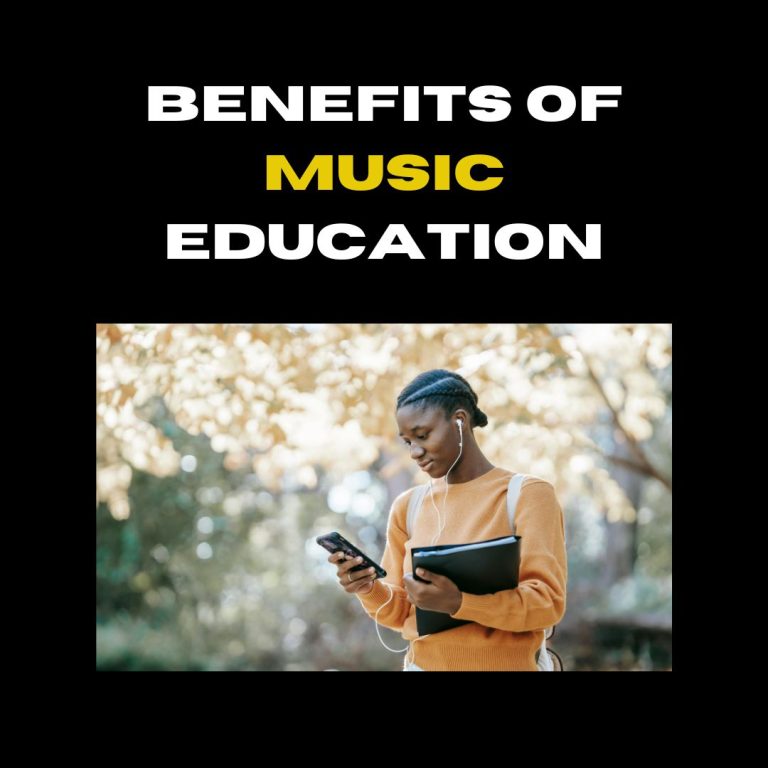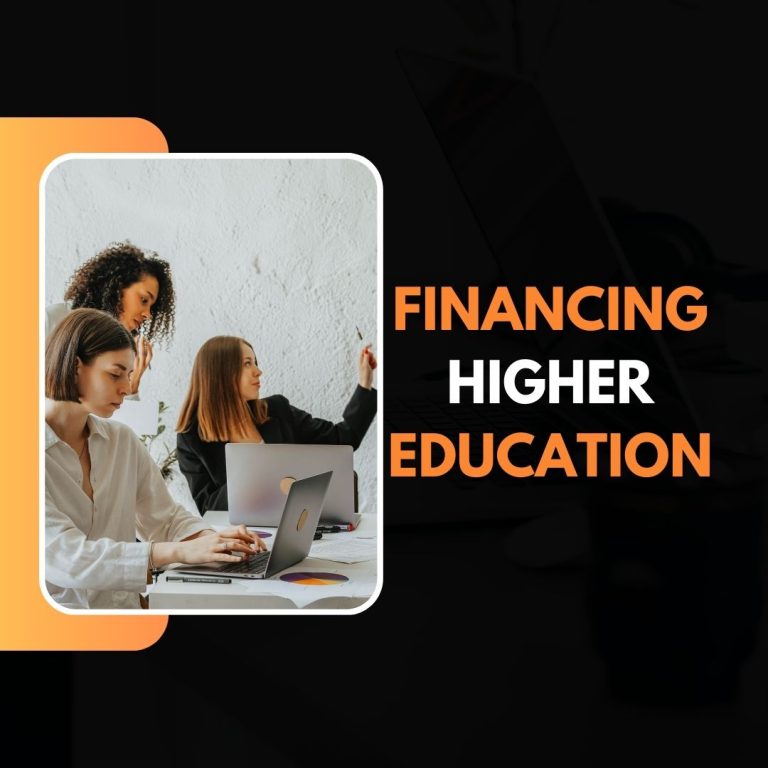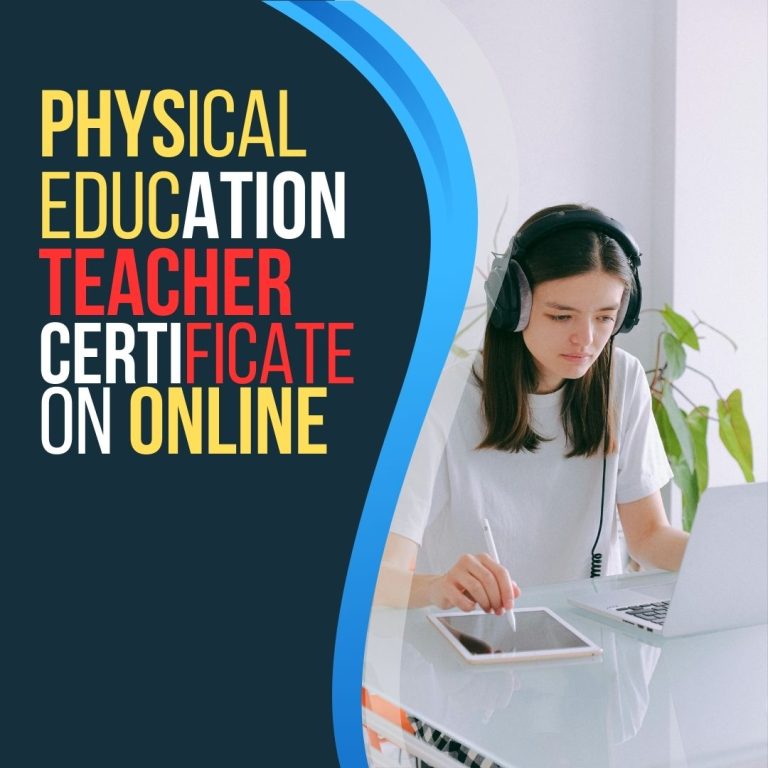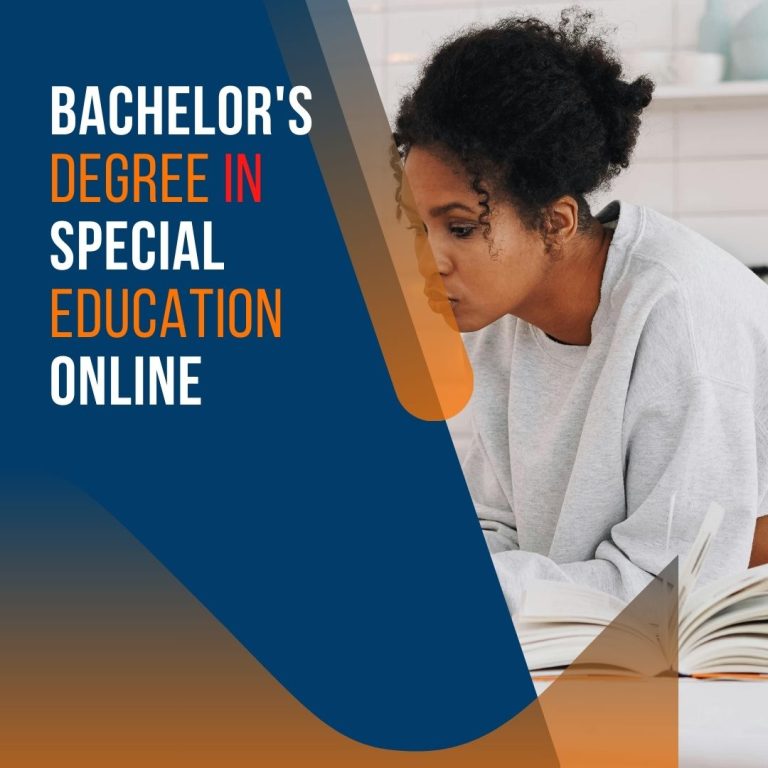Special Education Classroom Ideas: Creative Strategies
Special education classroom Ideas from multi-sensory learning tools and flexible seating options. Tailoring the environment to individual needs enhances learning outcomes.
Creating an effective special education classroom requires a thoughtful approach that considers the unique needs of each student. It’s essential to design a space that is inclusive, accessible, and conducive to learning for children with a range of abilities and challenges.
Educators often incorporate tactile resources, visual aids, and assistive technology to support diverse learning styles. By fostering a nurturing and structured environment, teachers can provide specialized instruction that encourages students to thrive. Emphasis on collaboration and communication with parents and therapists ensures educators can implement the most beneficial strategies for student development. Through careful planning and a dedication to adaptable teaching methods, special education classrooms can become places where all students have the opportunity to succeed.
Inclusive Classroom Environment
An Inclusive Classroom Environment is the cornerstone of effective special education. By embracing diversity and accessibility, educators craft spaces where every student thrives. Let’s explore the key components that make for a truly inclusive experience.
Designing For Diverse Needs
Creating an environment that caters to diverse learners is a priority. Teachers must ensure the physical setup of the classroom supports all students. Here are important aspects to consider:
- Varying Seating Options: Include different types of chairs and cushions. This helps students with various physical needs.
- Clear Pathways: Keep aisles wide and clutter-free. All students can move with ease.
- Accessible Materials: Place supplies within reach of all students. Label them with both words and pictures.
- Visual Aids: Use charts, signs, and color coding. Provide visual support for learners.
Another key element is technology. Equip the classroom with adaptive devices. Examples are screen readers and specialized keyboards. These tools support diverse learning styles effectively.
Fostering A Community Of Acceptance
More than the physical space, an inclusive classroom thrives on acceptance. Building a community where differences are celebrated is crucial. Here are strategies to foster this culture:
- Classroom Norms: Set rules that honor respect and kindness. Ensure students understand and follow them.
- Group Work: Plan activities that require collaboration. Encourage teamwork and social skills.
- Role Models: Share stories of diverse individuals. This broadens students’ perspectives.
- Open Dialogue: Create space for students to share their experiences. Promote empathy and understanding.
Taking these steps helps each student feel valued. Remember, an inclusive classroom isn’t just about access. It’s about building an enduring sense of belonging for every learner.
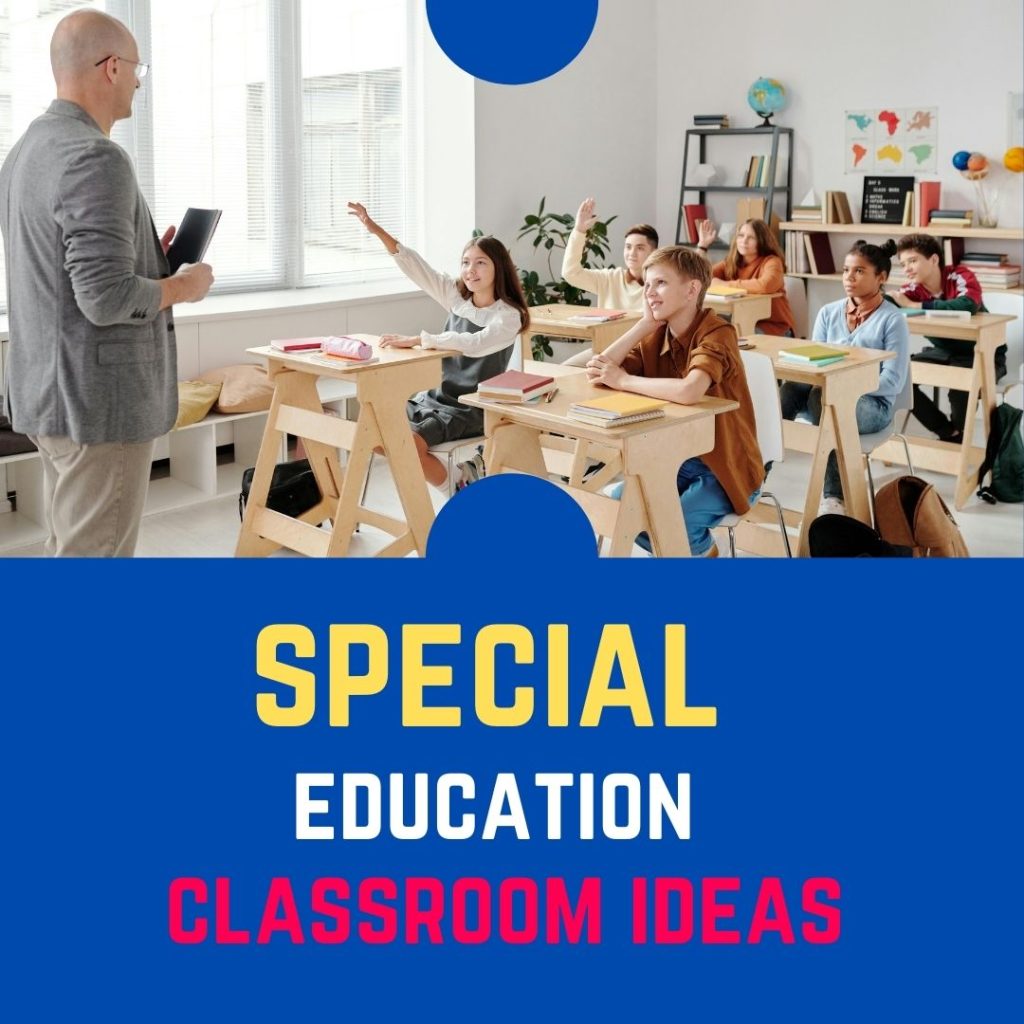
Personalized Learning Approaches
Understanding the unique needs of each student is essential. Teachers in special education classrooms utilize Personalized Learning Approaches. These strategies cater to individual learning styles and pace. Let’s explore how tailored educational plans and adaptive teaching techniques play a pivotal role.
Tailored Educational Plans
A personal touch in education creates a pathway for success. Each student receives a customized plan. Teachers assess skills and goals to create this roadmap. Here’s what the process involves:
- Assessment of abilities: Pinpointing strengths and areas for growth
- Goal setting: Aligning educational objectives with student needs
- Progress tracking: Monitoring improvements and adjusting plans accordingly
Adaptive Teaching Techniques
Flexibility in teaching is crucial. Techniques shift to meet student needs. This includes:
| Technique | Description |
|---|---|
| Multisensory Input | Integrating sight, sound, and touch for learning |
| Technology Aid | Using tools like tablets for interactive education |
| Differentiated Instruction | Offering various paths to understand the content |
Adaptive teaching makes learning accessible. It respects different learning speeds and styles. Continuous adaptation and innovation define these approaches. Students feel empowered and engaged.
Interactive And Sensory Tools
Interactive and Sensory Tool transform a Special Education classroom into an engaging and stimulating space. These tools help students learn and process information in a way that traditional methods might not. For children with diverse learning needs, tools that are touch-based or interactive can make a world of difference. Let’s delve into some innovative strategies to incorporate these tools into your classroom.
Utilizing Technology For Engagement
Technology opens up new avenues for student involvement. Interactive whiteboards and tablets come with apps specifically designed for Special Education. Students can touch, drag, and drop items on the screen, creating a tactile experience that enhances learning. Technology keeps lessons dynamic and engaging, fostering an environment where every student is excited to participate.
- Tablets with educational apps allow for personalized learning speeds.
- Interactive whiteboards encourage group participation.
- Software like visual storyboards and puzzles cater to various learning styles.
Sensory Activities For Cognitive Development
Sensory activities are vital for cognitive growth, especially in students with special educational needs. Activating different senses can aid memory and problem-solving skills. Hands-on activities support fine motor skills and sensory bins expose students to various textures and objects, sparking curiosity and conversation.
| Activity | Skills Developed |
|---|---|
| Clay Modeling | Motor skills, creativity |
| Texture Sorting | Sensory discrimination, categorization |
| Water Play | Exploration, cause and effect |
Communication Enhancement
Communication forms the backbone of learning in any classroom, especially in special education settings. Children with diverse learning needs require unique strategies for enhancing communication. Effective communication tools empower students to express their thoughts, participate in activities, and engage with their peers and educators. In this section, we dive into transformative classroom ideas designed to bolster communication abilities in children with special needs.
Augmentative And Alternative Communication (aac) Devices
Some students face challenges with verbal communication. AAC devices provide a voice for those children. These tools range from simple picture boards to advanced electronic devices. They support students in making their thoughts, needs, and feelings known, promoting independence and participation.
- Speech-generating devices (SGDs): These tools speak aloud the text input by the user.
- Picture exchange communication systems (PECS): Students use pictures to convey messages.
- Communication apps: Tablets with specialized apps that translate taps and swipes into spoken language.
Visual Aids And Picture Schedules
Visual aids offer structure and predictability, crucial for students with special needs. They help students understand tasks and transitions, decreasing anxiety and behavioural issues. Picture schedules, in particular, allow students to see their day’s activities, aiding in comprehension and time management.
- Visual timetables: Outlines the daily routine using images and symbols.
- Task breakdowns: Break complex activities into smaller, manageable steps with pictures.
- Choice boards: Visual representation of options available to a student, fostering decision-making.
| Time of Day | Activity | |
|---|---|---|
| Morning | Reading Time | |
| Midday | Lunch Break | |
| Afternoon | Art Class |
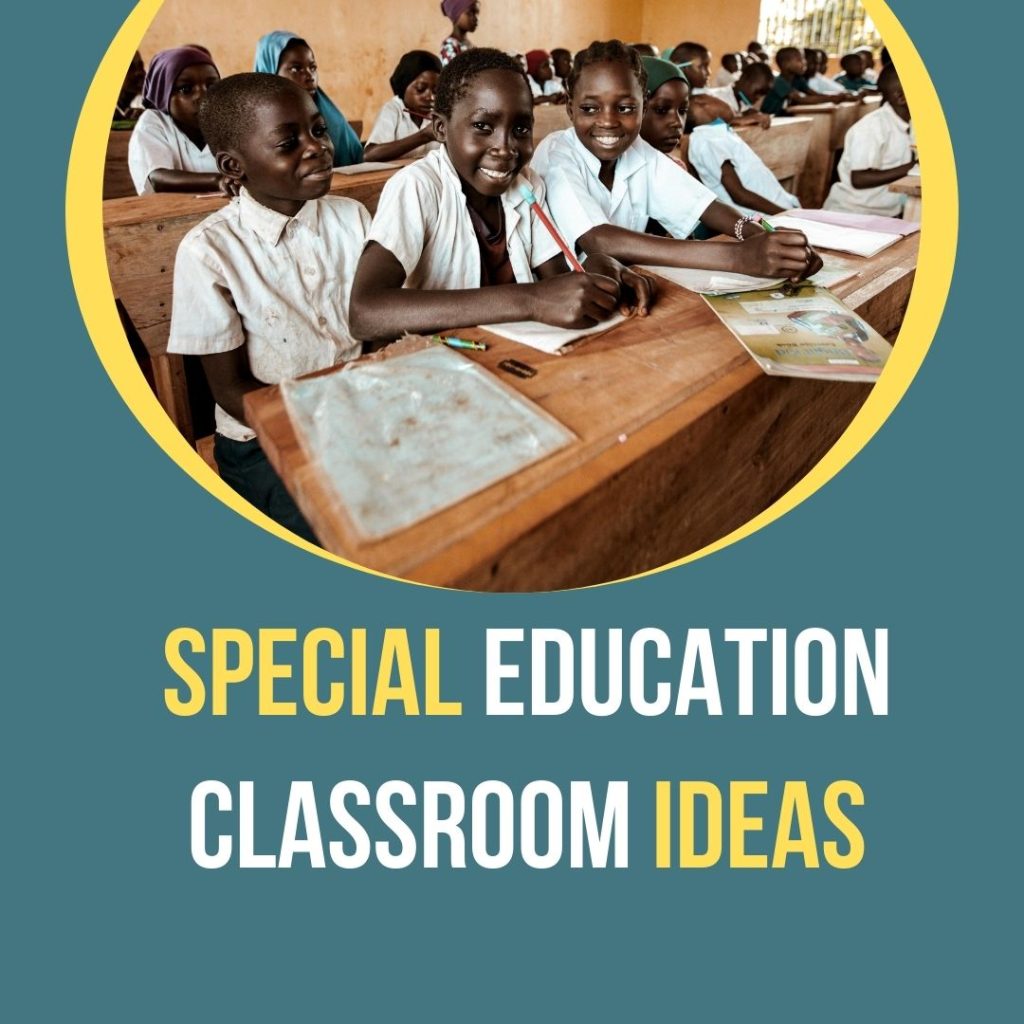
Behavior Management Strategies
Effective behavior management plays a crucial role in the success of special education classrooms. It creates an environment conducive to learning and development. In this section, we will delve into the strategies that facilitate such an atmosphere, focusing on positive reinforcement techniques alongside consistent and predictable routines. Each approach, when implemented correctly, promotes positive behavior and improves student engagement.
Positive Reinforcement Techniques
Bold actions encourage repeat performance. Positive reinforcement serves as a cornerstone in behavior management strategies.
- Verbal Praise: Simple words of encouragement, such as “Great job!” can boost confidence and promote good behavior.
- Points System: Earn points for positive actions; trade points for small rewards.
- Sticker Charts: Visual trackers like sticker charts offer tangible recognition of achievements.
- ‘Class Dojo’ or Similar Apps: Tech options provide instantaneous feedback.
Consistency in delivering reinforcement increases its effectiveness. Children thrive on genuine praise for their efforts and accomplishments.
Consistent And Predictable Routines
Structure brings security and stability, especially in special education settings. It mitigates behavioural issues resulting from unpredictability.
Additional rows can go here
| Time | Activity |
|---|---|
| 8:00 AM | Circle Time |
| 9:00 AM | Reading Block |
| 10:30 AM | Snack Break |
Visual schedules serve as daily roadmaps, reducing anxiety. Announce transitions five minutes before they occur. Keeping schedules visible helps students know what to expect and when to expect it.
Collaborative Learning Opportunities
Collaborative learning shapes the way students interact with each other in a special education classroom. It boosts communication and empathy. Students work together, growing as a team. Let’s dive into engaging group activities and peer tutoring programs that support social skills and collaborative growth.
Group Activities For Social Skills
Group activities are vital for social development. They help students to listen, share, and cooperate. Below are some fun and educational group activities:
- Story Building: One student starts a story, and each person adds a line.
- Role Play: Kids act out real-life scenarios to understand different perspectives.
- Team Challenges: Groups complete tasks, encouraging teamwork and problem-solving.
These activities not only enhance social skills but also build trust among students.
Peer Tutoring Programs
Peer tutoring opens doors for students to teach and learn from each other. This approach includes:
Reading Buddies: A higher-level reader pairs with a lower-level reader. They explore stories together. The advanced reader gains leadership skills. The emerging reader gets a boost in reading skills.
Math Fact Masters: Pairs work on math facts. They help each other learn and practice. Mastery of math builds through repetition and peer support.
Peer tutoring strengthens understanding and communication for everyone. Together, students reach new academic heights.
Creative Arts Therapies
Special education thrives on innovation and adaptability. One approach that offers immense benefits is Creative Arts Therapies. By weaving art, music, and drama into the fabric of learning, students with diverse needs find new ways to unlock potential. These therapies are not just about making art; they are critical educational tools that promote growth, communication, and healing.
Art And Music As Therapeutic Tools
Art and music therapy transform classrooms into spaces of exploration and self-discovery. Hands-on art projects enable students to express feelings without words. Music sessions invite them to connect rhythms and melodies with emotions.
- Art projects like painting or clay modeling can help improve motor skills.
- Music activities such as drum circles or singing can foster social interaction.
Visual aids, such as color-coded music sheets, make learning more accessible. Equipping a classroom with a variety of art supplies and musical instruments caters to different interests and abilities. These tools become a bridge to a world where all students can thrive.
Drama Therapy For Expression
Drama therapy encourages students to step into another person’s shoes. By acting out stories and scenarios, they explore emotions and situations in a safe space. This form of therapy can boost confidence, enhance empathy, and strengthen communication skills.
- Role-play activities simulate real-life situations, teaching problem-solving.
- Puppet shows allow for controlled emotional expression.
- Improvisational games develop quick thinking and adaptability.
By including drama exercises in the curriculum, educators can observe improvements in students’ verbal and non-verbal communication abilities. These activities are not only fun but also serve as powerful tools for expression and learning.
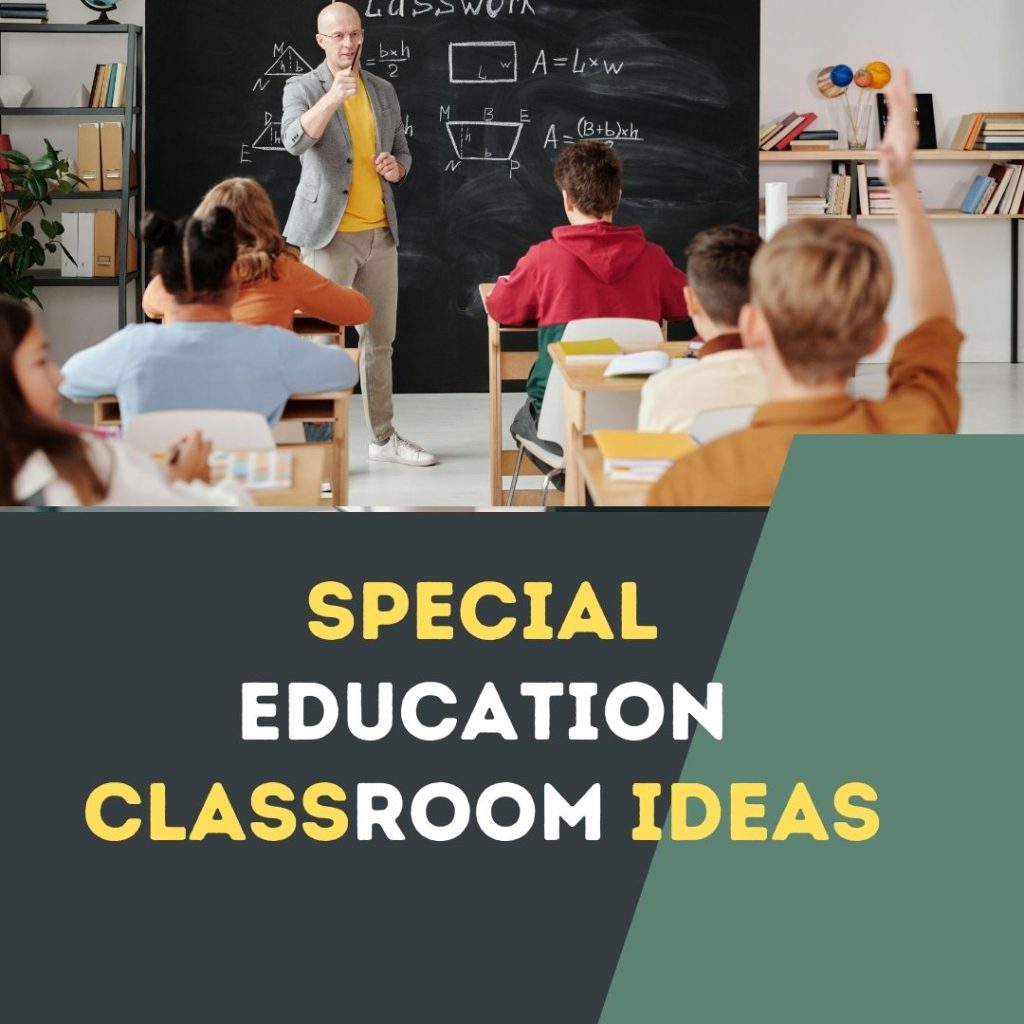
Physical Space Adaptations
Physical Space Adaptation is essential in a Special Education Classroom. They create an inclusive, effective learning environment. Certain changes help meet diverse needs. These changes can make a big difference. They help every student feel comfortable and focused.
Furniture For Special Needs
The right furniture in a classroom is key. It supports and aids students with special needs. Consider adjustable tables and chairs. They suit various body types. Textured cushions and bean bags offer sensory input. They help students stay seated. Wheelchair-friendly desks are a must. Look for rounded corners on furniture. They increase safety in the classroom.
| Furniture Type | Purpose | Benefits |
|---|---|---|
| Adjustable Desks | Adapt to student height | Comfort, Accessibility |
| Textured Seats | Provide sensory feedback | Focus, Calmness |
| Wheelchair Accessible | Ensure mobility | Inclusivity, Independence |
Creating Zones For Varied Activities
Zones in a classroom offer structure. This helps students know where activities happen. A reading corner can have soft seats and book displays. It becomes a quiet, cozy space. A play area with puzzles and games encourages interaction. An art station with accessible supplies sparks creativity. Clear signs and colour coding differentiate zones. They guide students effectively.
- Reading Corner: Soft seating, quiet.
- Play Area: Puzzles, games, social.
- Art Station: Accessible art supplies, creative.
Remember, Visual Aids help students navigate. Floor tapes and labels are great tools. Use them to outline different zones. Each space has its own rules. These rules ensure safety and structure.
- Choose color themes for zones.
- Label areas with words and pictures.
- Use floor tape for clear boundaries.
Professional Development For Educators
Professional Development for Educators plays a vital role in enhancing Special Education techniques. Continuous learning and skill upgrades open doors to innovative classroom ideas. Let’s dive into how targeted professional development can revolutionize Special Education.
Workshops On New Teaching Methodologies
Embracing new methodologies tailors Special Education to diverse learner needs. Workshops introduce cutting-edge strategies and practical tools. Active participation leads to successful classroom application. Let’s look at some key aspects of these workshops:
- Interactive Learning: Teachers engage in hands-on activities, mirroring student experiences.
- Collaboration: Sharing experiences enriches the learning process.
- Technology Integration: Discovering digital tools that support diverse learners.
- Assessment Techniques: Evaluating student progress with innovative methods.
Cultivating A Growth Mindset In Teachers
A growth mindset in educators fosters resilience and adaptability in the classroom. Professional development focuses on personal and professional growth. Teachers learn to embrace challenges and celebrate student successes. Elements of cultivating a growth mindset include:
| Element | Description |
|---|---|
| Reflection | Examining teaching practices for continuous improvement. |
| Feedback | Welcoming constructive criticism to refine skills. |
| Resilience Building | Overcoming setbacks with a positive outlook. |
| Goal Setting | Mapping out objectives to advance student learning. |
Family Involvement And Support
Workshops For Parents And Caregivers
Offering dedicated workshops can empower parents with skills and knowledge. They learn strategies to help their children thrive academically.- Behaviour management techniques
- Communication methods for non-verbal students
- Using technology to aid learning at home
Workshops equip parents with tools to navigate challenges. This leads to improved outcomes at both school and home.
Building A Bridge Between Home And School
Continuous communication forges a strong link between educators and families. It ensures that students receive consistent support.
| Strategy | Benefit |
|---|---|
| Regular updates | Keeps parents informed |
| Home visits | Personalizes the educational approach |
| Shared resources | Makes learning more accessible |
Collaborative efforts lead to holistic development for students with special needs. Parents become active partners in the educational journey.
Frequently Asked Questions Of Special Education Classroom Ideas
How Can You Organize A Special Education Classroom?
Creating an organized special education classroom involves clearly defined zones. Designate areas for specific activities like learning, play, and calm times. Use labels and visual cues to assist navigation and maintain consistency. This organized approach supports students by providing structure and predictability.
What Are Effective Special Education Teaching Strategies?
Effective special education strategies include individualized instruction and incorporating multisensory experiences. Use assistive technology to enhance learning and maintain flexibility in teaching methods to cater to diverse needs. Consistency and positive reinforcement also play key roles in supporting student success.
How Do You Engage Special Education Students?
Engaging special education students requires interactive and hands-on activities tailored to their abilities. Incorporate games and technology to make learning enjoyable. Use interests and strengths to motivate students, and ensure materials are accessible for all learners. Small group or one-on-one sessions can boost engagement.
What Sensory Activities Benefit Special Education?
Sensory activities like playing with playdough, water tables, and textured objects help special education students. Such activities support sensory integration and can improve focus, calmness, and cognitive development. Tailor these activities to each student’s sensory needs for maximum benefit.
Conclusion
Embracing innovative special education classroom ideas can transform learning experiences. It fosters engagement and supports diverse learning needs. As we’ve explored, creativity and flexibility lie at the heart of successful strategies. Implement these suggestions, and watch your students thrive. Together, we can craft an inclusive educational journey for every learner.
